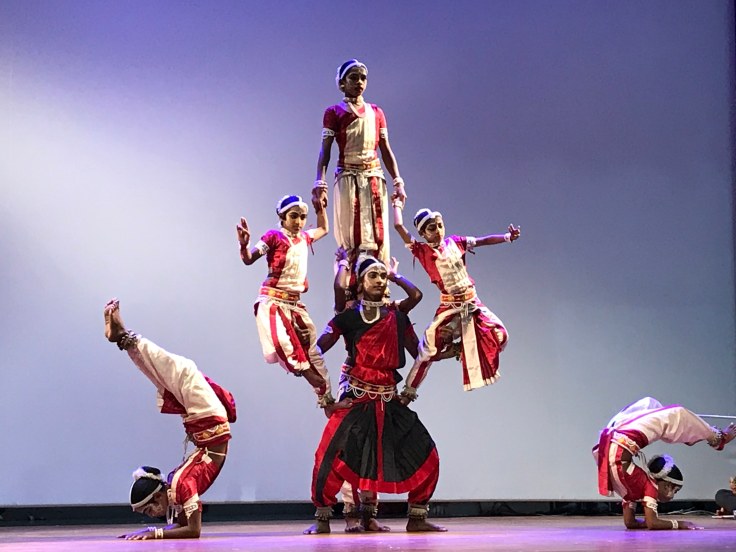
“Goti” means “single” and “Pua” means “boy” in Oriya, the state language from Odisha in eastern India. ‘Gotipua’ is a dance form where young boys dress up as girls in honour of Lord Jagannatha and Lord Krishna can be traced back to the 16th century and earlier. Let’s learn about this unique dance and its 400 year old origin.
Odisha is one of the most important historical regions in the Indian subcontinent with a rich and diverse culture of temple building – think of the hand carved stone temples of Konarak, Puri, Bhuvaneshwar, Udayagiri and Khandagiri – the Patachitra painting style and the maddeningly beautiful Ikat textiles which were exported from here since centuries.
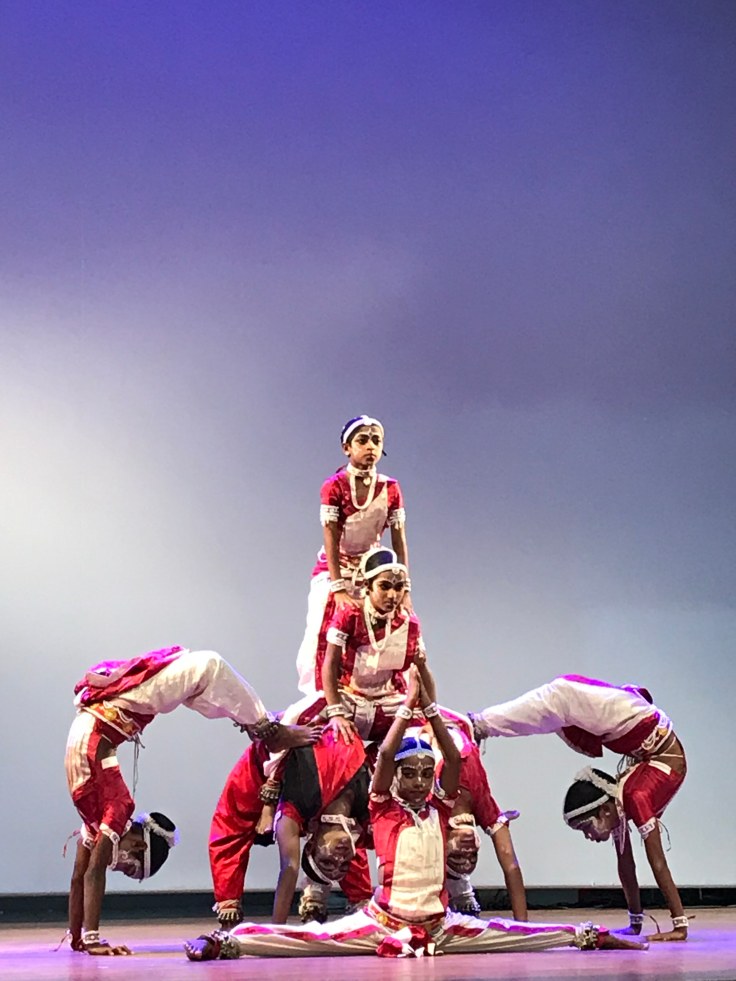
This is the region where the famous war was waged by the Asoka, the Mauryan ruler of Magadha, for control over the port town of Kalinga in the 6th century BCE. He won but after killing thousands, leaving several widowed and fatherless, disabled and starving. It forced him to contemplate into leaving behind his reputation of being a cruel ruler to one who actively pursued and encouraged ‘Ahimsa’ or ‘non violence’ for the rest of his life. He transformed himself into ‘Priyadarshi’ – the beloved of the Gods – a confirmed Buddhist who propagated it into a global religion by sending even his son Sanghamitra and daughter Mahendra to spread it to places like Sri Lanka.
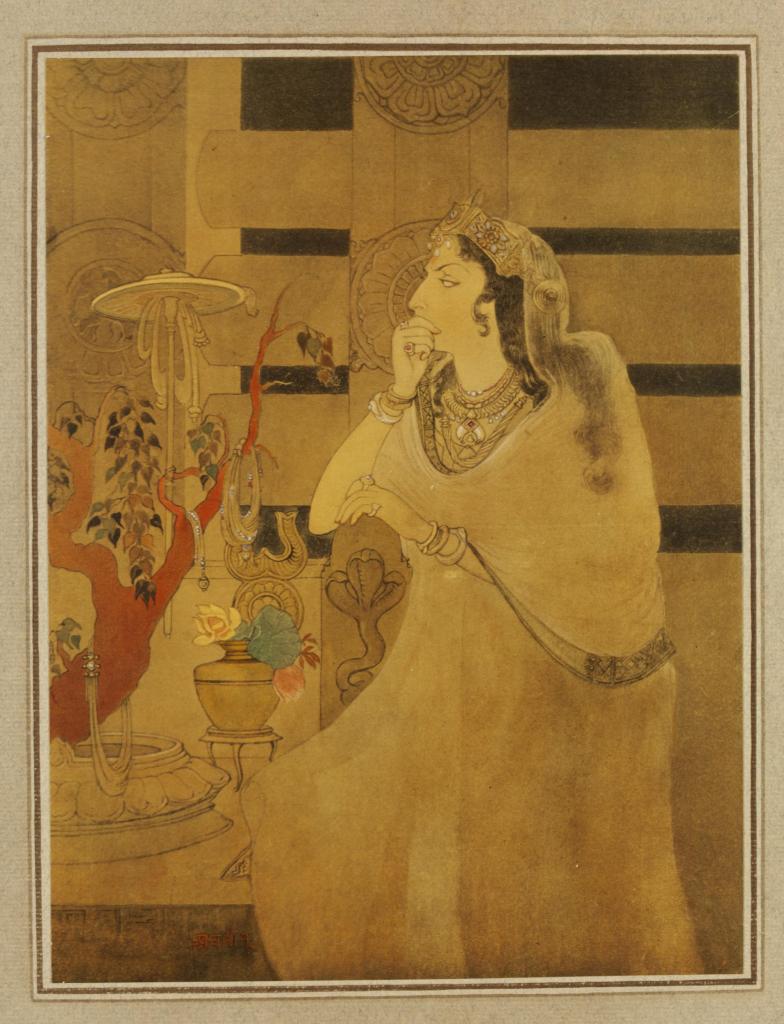
Let’s fast forward to the 16th century, about 400 years after Asoka, and the coming of Chaitanya Mahaprabhu from Bengal to Odisha to spread Vaishnavism – a Bhakti cult advocating love and devotion for Lord Krishna. A large body of poetry and music was composed in praise of the God, some with roots in Jayadeva’s ‘Gita Govinda’ composed in the 12th century during the reign of the Bengal ruler Lakṣmaṇa Sena. An atmosphere of love already prevailed as this literature had seeped into the local populations of Bengal and Bihar and even started spreading to as far as Gujarat, sweeping many rulers and subjects on way in the wave of Vaishnavism. By the time Chaitanya spoke about ‘Madhura Rasa Upasana’ or the mode of devotion to Krishna through conjugal love, the minds of people were already attuned to a unique socio – cultural milieu of spiritualism. He looked upon Lord Jagannatha of Puri as Lord Krishna or ‘Srikrishna’ himself and spent years of life in worship there. The carefully conserved temple is a must – visit!
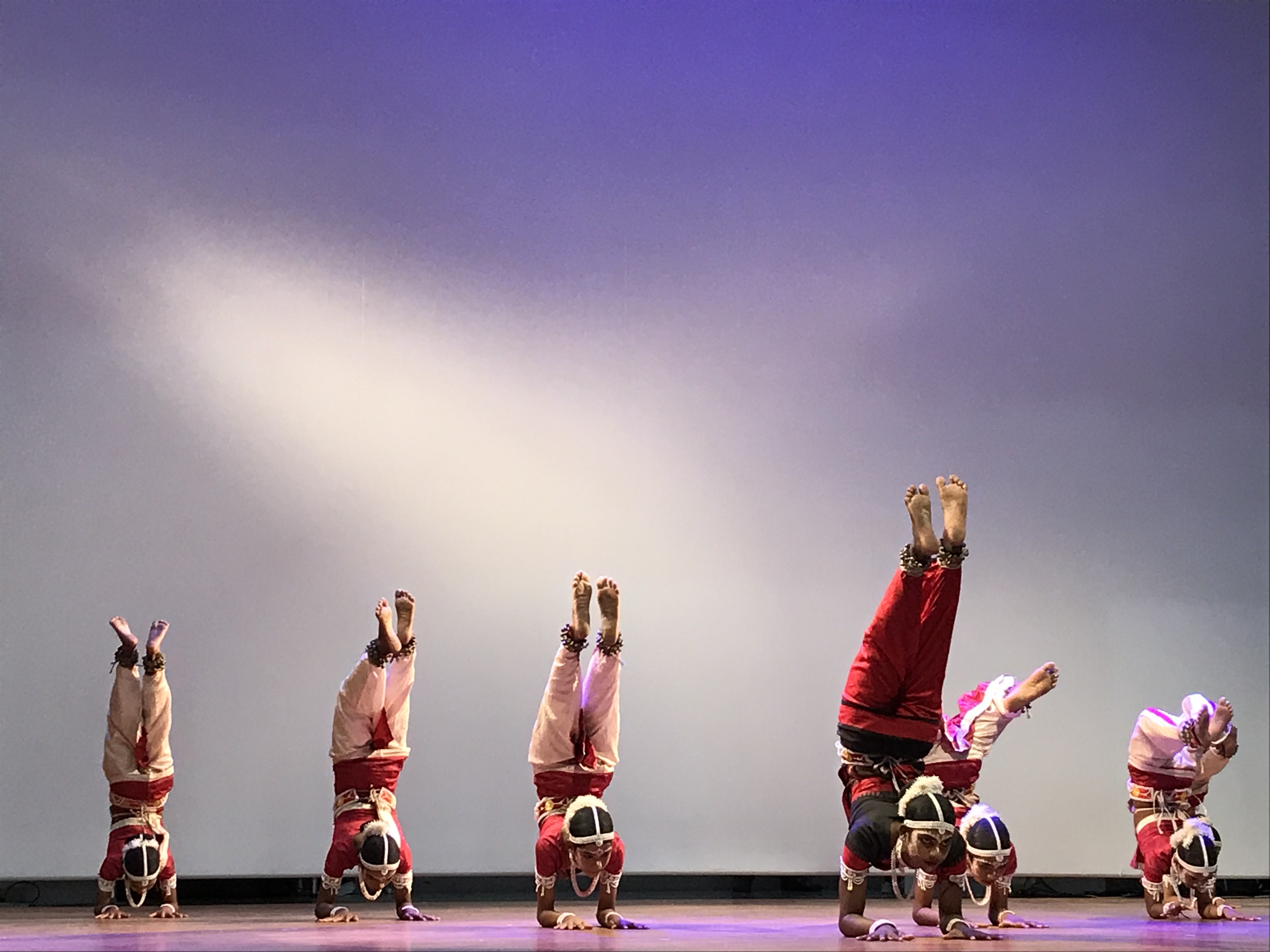
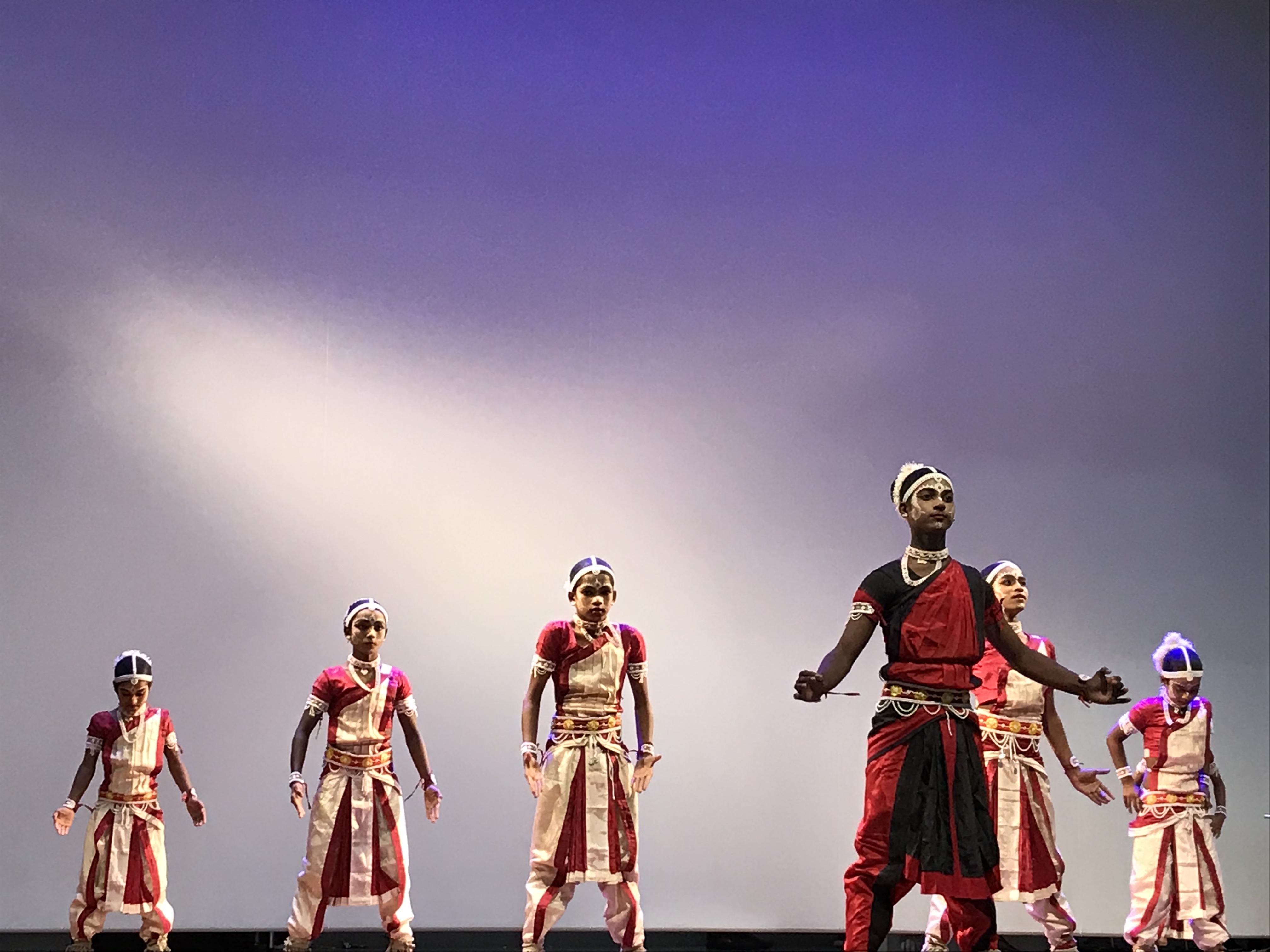
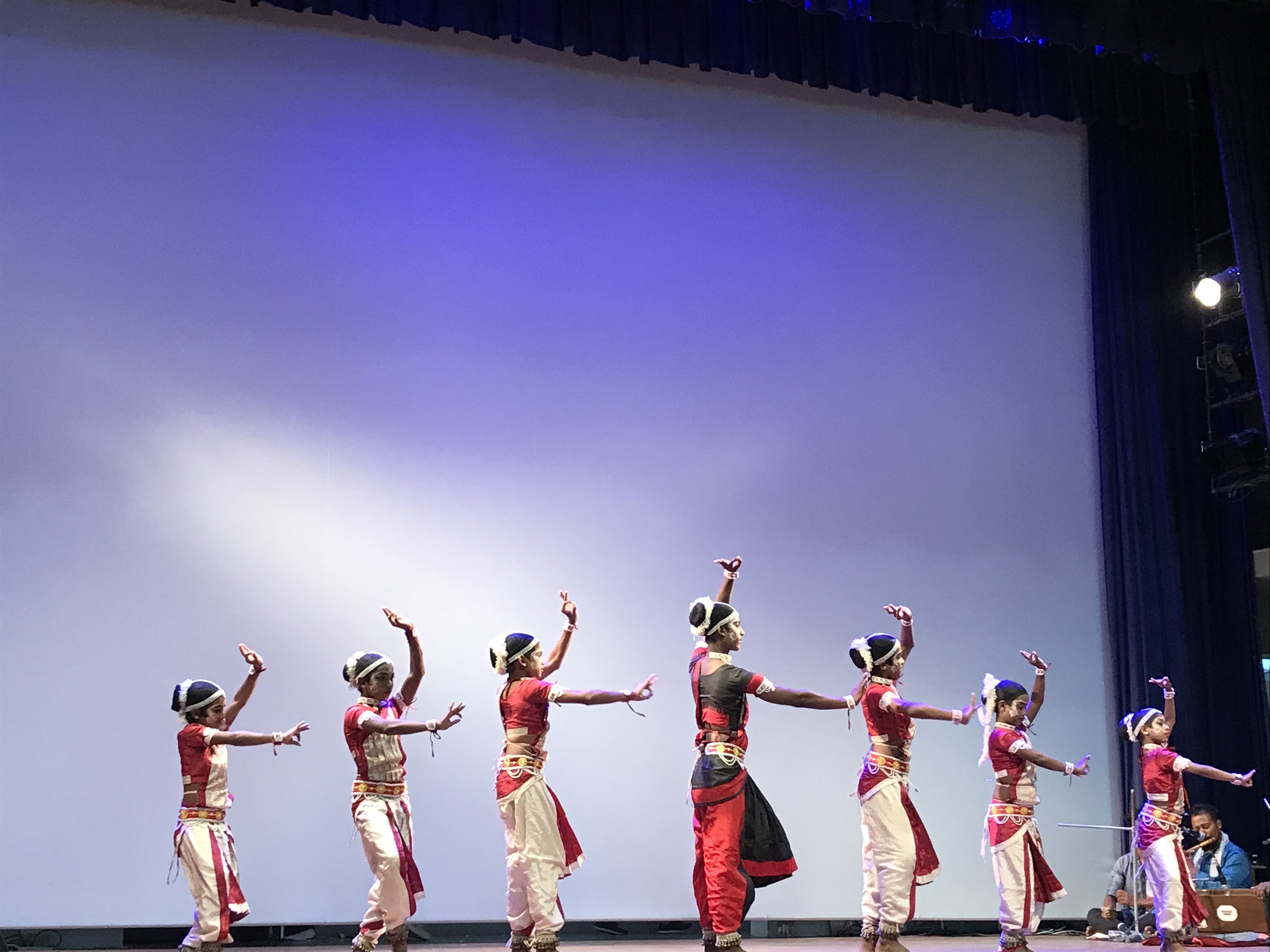
It is to this spiritual belief of Vaishnavism that Gotipua dance owes its allegiance. Dance as prayer to the Lord inside temples had been restricted to women called ‘Devadasis’ or ‘Maharis’ but with the new awakening through Chaitanya, dance came out of temples to help deliver the message of Vaishnavism. Since women were not allowed to perform outside the temples, young boys were trained to dress up as girls and dance. Their style of dance, costume and make up were entirely modelled as if they were girls dancing for their beloved Lord Krishna – the ultimate aim of Vaishnavism being union with the male God. In a metaphysical world, this love and attachment symbolises that life is meaningless if there is no union of the soul with Krishna, the ultimate and higher Truth.
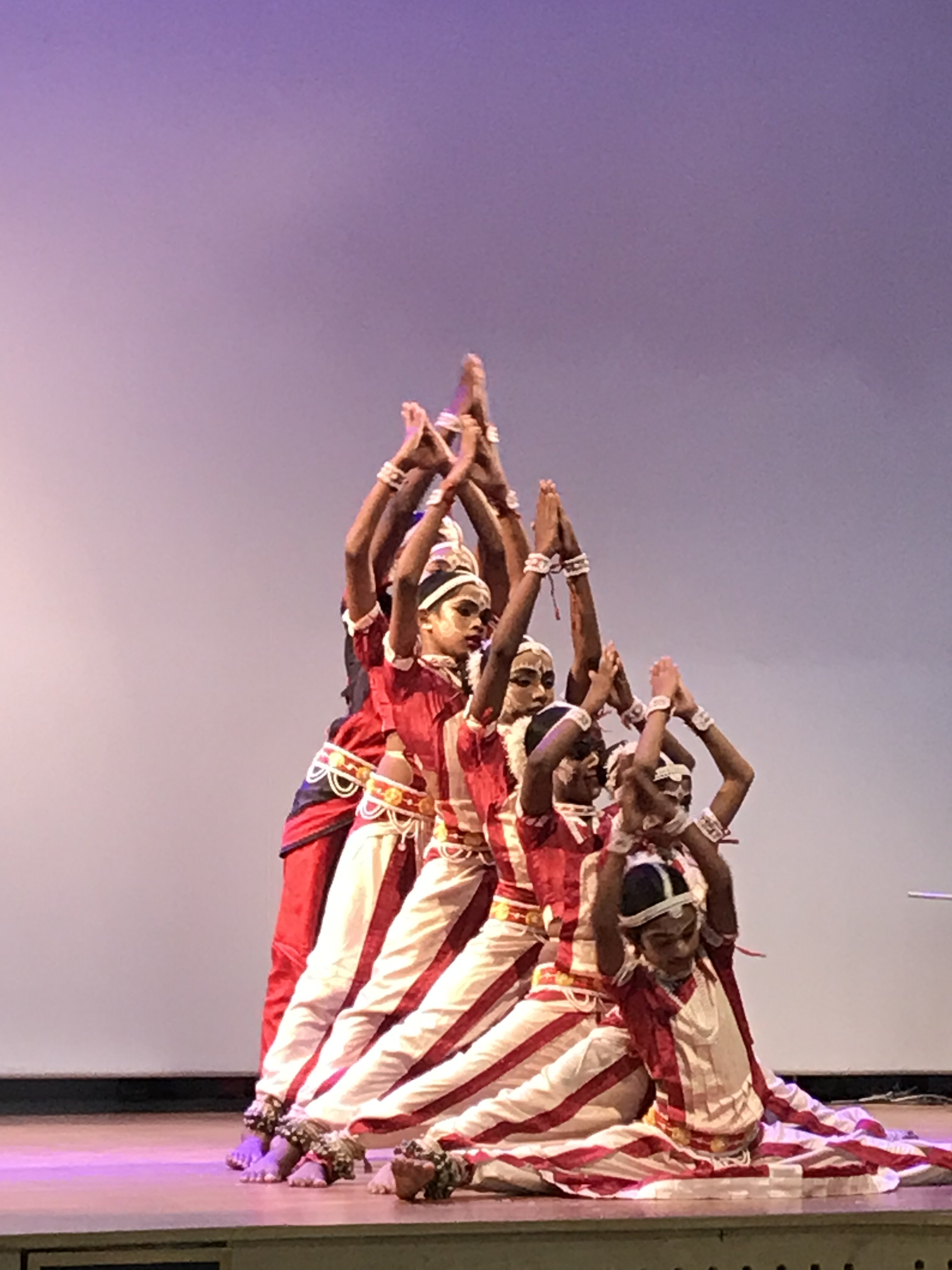
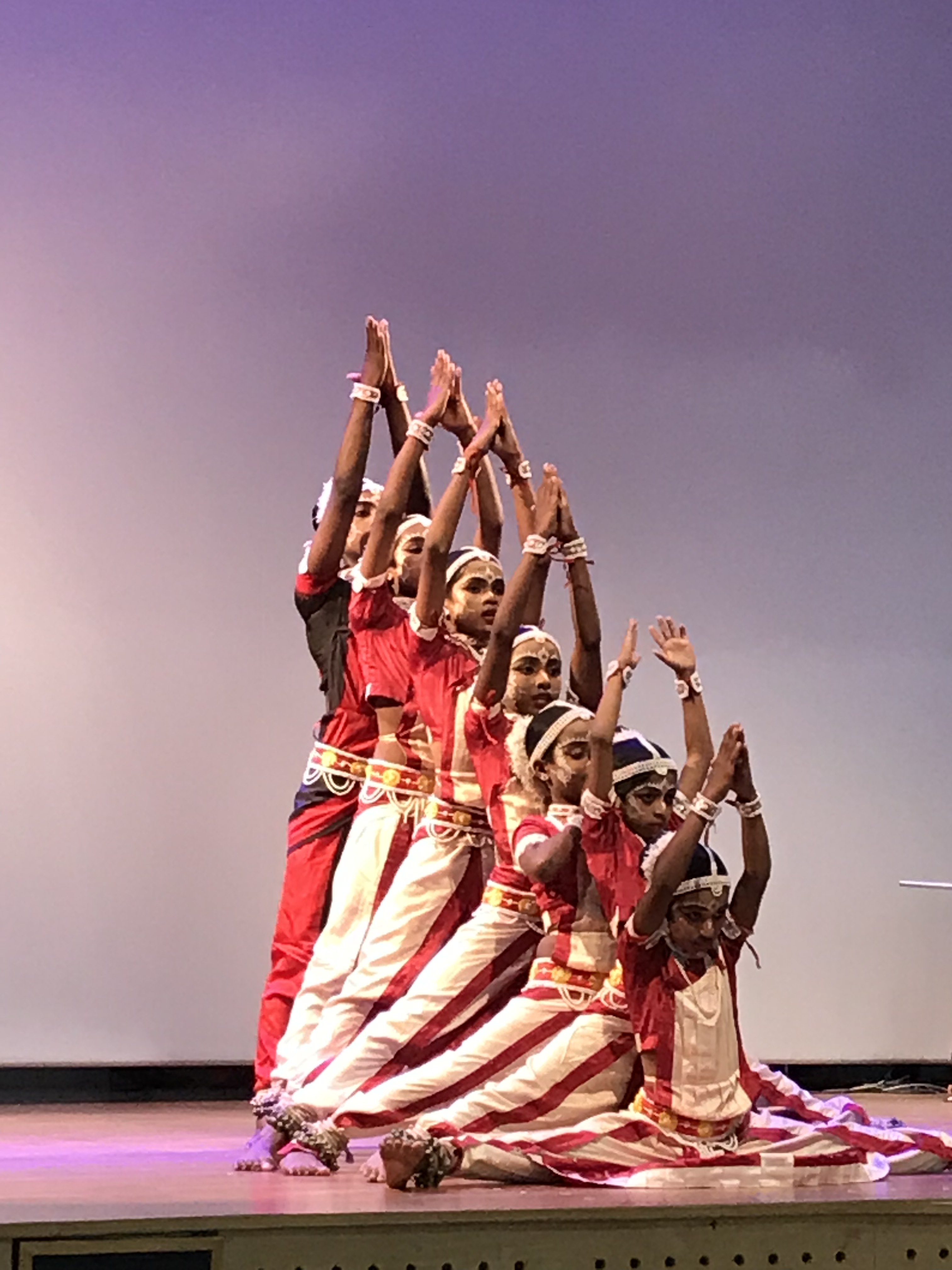
The ‘Gotipua’ dance tradition of young boys dressing up as girls coincides with the establishment of ‘akharas’ or gymnasiums by the Bhoi King Ramachandra Dev in the later part of the 16th century. These were meant to encourage a culture of physical fitness to protect the temples, and soon became the first training centre for the future Gotipua dancers. The classical dance of Odisha, called the Odissi, is believed to have evolved out the Gotipua. The greatest exponent of Odissi, Guru Kelucharan Mahapatra, started his long dancing career as a young Gotipua dancer. For this dance performance, the musicians and their instruments are equally important as together they offer their services in this musical form to the Lord.
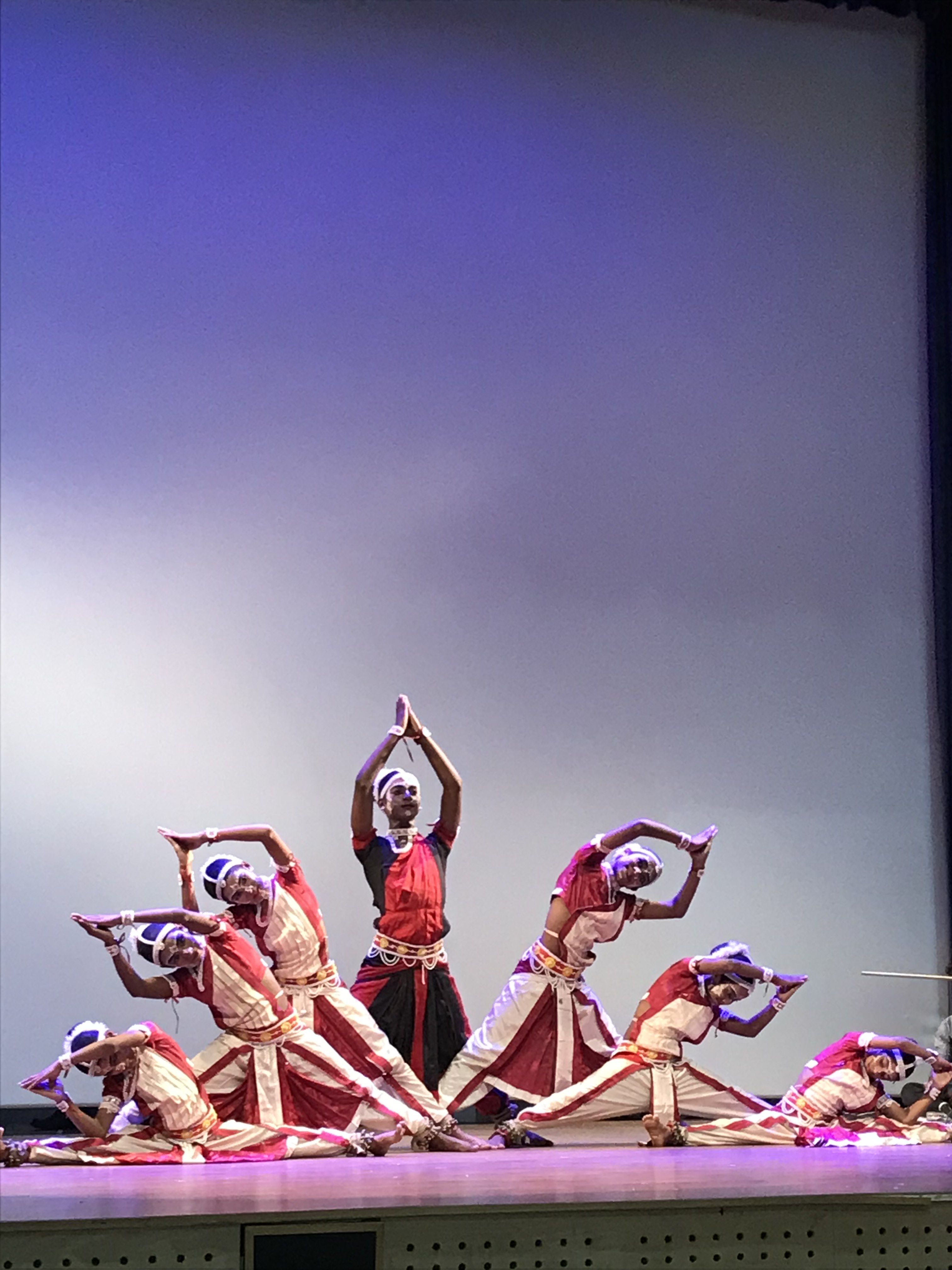
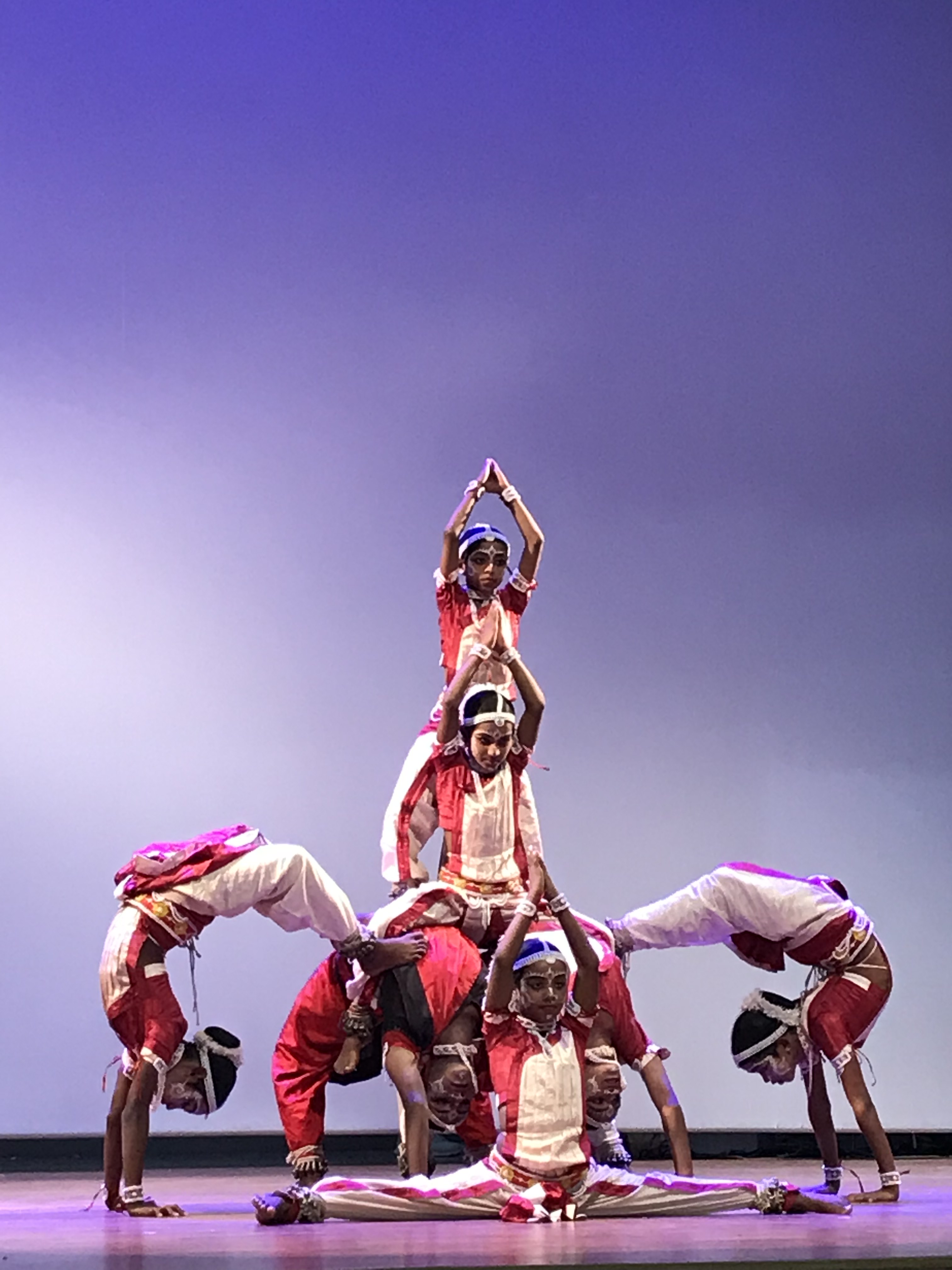
The tradition lives on with government and private sponsorships but lacks the large scale impetus required to keep it vibrant. I was lucky to watch this young group at Dehradun at a Spic – Macay organised dance – demo where the meanings of the songs were explained to us. The Guru said that with the advent of mobile phones and faster processing of information, this dance form seems to be at the edge of being shoved away into history books.
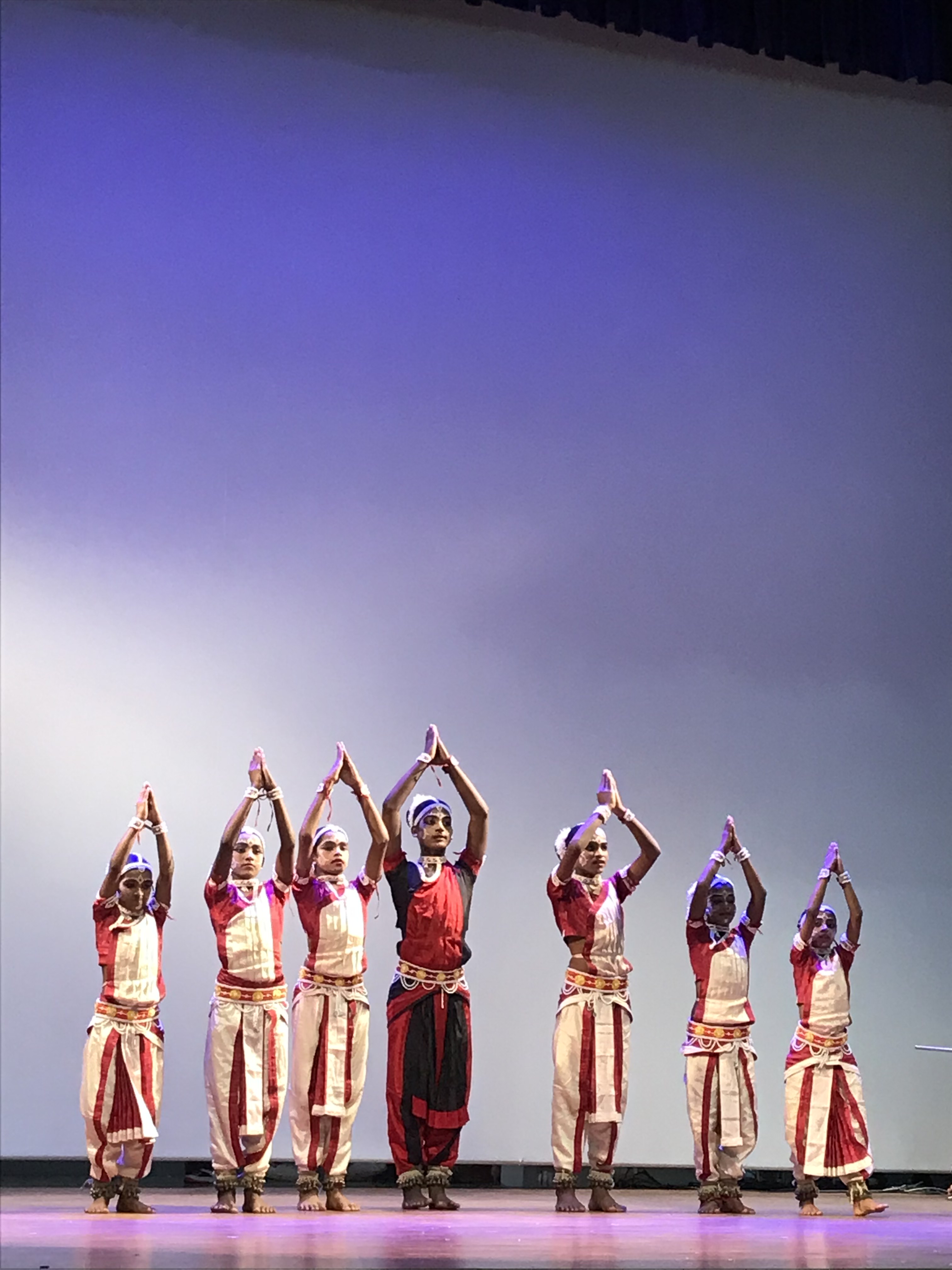
Research based on: http://magazines.odisha.gov.in/Orissareview/2013/oct/engpdf/56-60.pdf
http://www.gotipua.com/gotipuadance.html
Photos and videos by: Poulomi Das

Fascinating!
LikeLike
Ain’t it Solange? I was enthralled – keep wondering about the gender fluidity in it
LikeLike